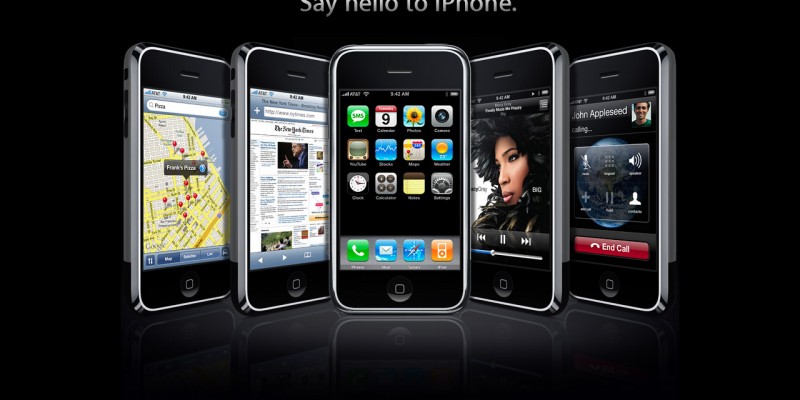Apple delivered an unusual reminder to its customers on Tuesday of what they really charge for their premier mobile device. As of this morning, the Apple Store offers US customers the option to buy the iPhone 4 unlocked, able to make calls with a micro-SIM card from any GSM carrier worldwide. That’s an important feature for world travelers who want to bring their phones along, and it also means T-Mobile customers can get official access to the iPhone for the first time (though spectrum differences will mean no 3G data speeds for T-Mobile customers).
While most of us think of the iPhone as a $200-300 device, by buying this off-contact version, consumers are looking at the full $650-750 price tag. It’s a rare reminder of what we’re really buying when we purchase a new smartphone from our carriers. You get the device at a steep discount, in exchange for buying into a two year contract with your service provider. AT&T and Verizon subsidize those iPhones because they anticipate you’ll pay the hefty monthly fees 20 times or more before you come asking for a new phone. And they enforce the deal with early termination fees of up to $350, so if you want out of your contract, you pay them back for your phone discount. This is by no means unique to the iPhone or the carriers that support it. This is standard practice among all four major US carriers.
When we get a good look at what that full price looks like, sometimes we just have to ask why exactly that number is so high? Could my phone bill be a bit lighter if handset manufacturers like Apple weren’t charging quite so much for their phones? According to CNNMoney, Apple’s gross profit margin on the iPhone is nearly 60%. That means your carrier subsidy is paying for nearly $50 of Apple’s costs and over $400 of their profits. I’m all for capitalism, but it seems a bit excessive to me to make profits on a product that is more than twice what your consumers see as the retail price.
I don’t usually argue with a successful business strategy, but this one only exists because consumers in this country don’t have many options. We can pay over $650 for our phones and full price for service on most carriers, or we can pay $200 to get locked into that contract. Not too many people can afford to pay $450 just for carrier flexibility. But would it really be so terrible for Apple’s bottom line to split the difference with us just a little bit? With the same carrier subsidy, Apple could set the price at $450 and make the iPhone free to consumers, while still bringing in nearly $200 per phone. Anyone but me think they stand a decent chance of doubling their customer base with a price tag that reads “0”?
Perhaps that’s hoping for a bit much. After all, devaluing the device can’t possibly be good for making it seem attractive, and cutting profits per device in half is extreme. How about we cut the carrier subsidy a bit instead? I’d gladly keep my up-front investment the same, but saving $5 a month on every phone in my household could go a long way. In a world of more competitive cellular markets, we could see that price drop come along with the $530 iPhone. That’s still a steep price for that globe-trotting unlocked iPhone customer, but the rest of us can dream, can’t we?


I knew this already and decided it was worth it.